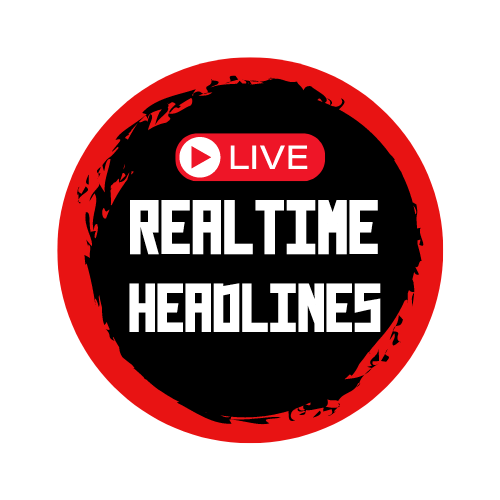Fed officials agreed in January that they need to see a further drop in inflation before further lowering interest rates, according to minutes released Wednesday, saying concerns about President Donald Trump’s tariffs would be generated focus on.
Federal Open Market Committee policymakers unanimously decided to keep their key policy rates stable at the meeting after three consecutive layoffs totaled one full percentage point in 2024.
In making the decision, members commented on the potential impact of the new government, including tariffs and the impact of reducing regulations and taxes. The committee noted that the current policy is “much less restrictive” than it was before the tax rate was lowered, which gave members time to assess conditions before taking any other action.
Members said the current policy provides “time to assess the evolving prospects of economic activity, the labor market and inflation, with the vast majority pointing to policy positions that are still restricted. Participants show that as long as the economy remains close to the highest employment , they hope to make further progress on inflation before further adjustments to the target range of federal funds rate.”
Officials noted their potential for policy changes to keep inflation above the Fed’s targets.
The president has proposed some tariffs, but they may be expanded in recent days.
In a speech to reporters on Tuesday, Trump said he was looking for 25% tariffs on cars, pharmaceuticals and semiconductors that would accelerate over the year. Although he did not delve into the details, tariffs would further threaten prices when inflation eased, but remained above the Fed’s 2% target.
The conference summary quoted FOMC members: “Potential changes in trade and immigration policies and the impact of strong consumer demand. Business links in many regions indicate that companies will try to pass on higher input costs to consumers from potential tariffs.”
They further noted, “The upside risk of inflation outlook. Participants cited the possible impact of potential changes in trade and immigration policies.”
Since the meeting, most central bank officials have spoken about policies starting here with a cautious investigation. Most people think that current interest rate levels can take time when assessing how it goes.
In addition to the general focus on Fed officials’ investment in employment and inflation, Trump’s fiscal and trade policy plans have added considerations.
On the other hand, the minutes of the meeting “is very optimistic about the substantive nature of the economic outlook, partly due to expectations for mitigation of government regulations or changes in tax policies.”
Many economists expect Trump to launch tariffs that increase inflation, although Fed policymakers say their response will depend on whether they increase at one time or generate more potential inflation will require a policy response.
Inflation indicators have been mixed recently, with consumer prices rising more than January expectations, but wholesale prices indicate lighter pipeline pressure.
Fed Chairman Jerome Powell usually avoids speculation about the impact of tariffs. However, other officials expressed concern and acknowledged that Trump’s move could impact policy and could further reduce tax rates. Market pricing is currently expected to be cut in July or September.
The Fed’s benchmark overnight lending ratio currently targets 4.25%-4.5%.

